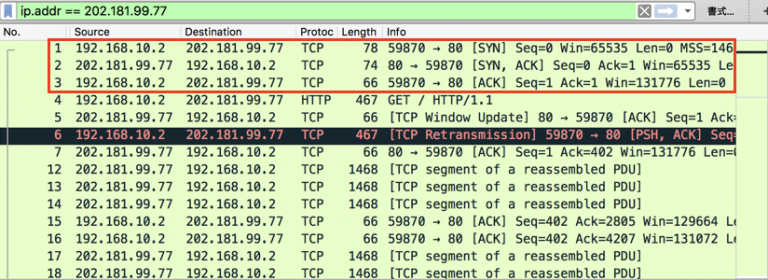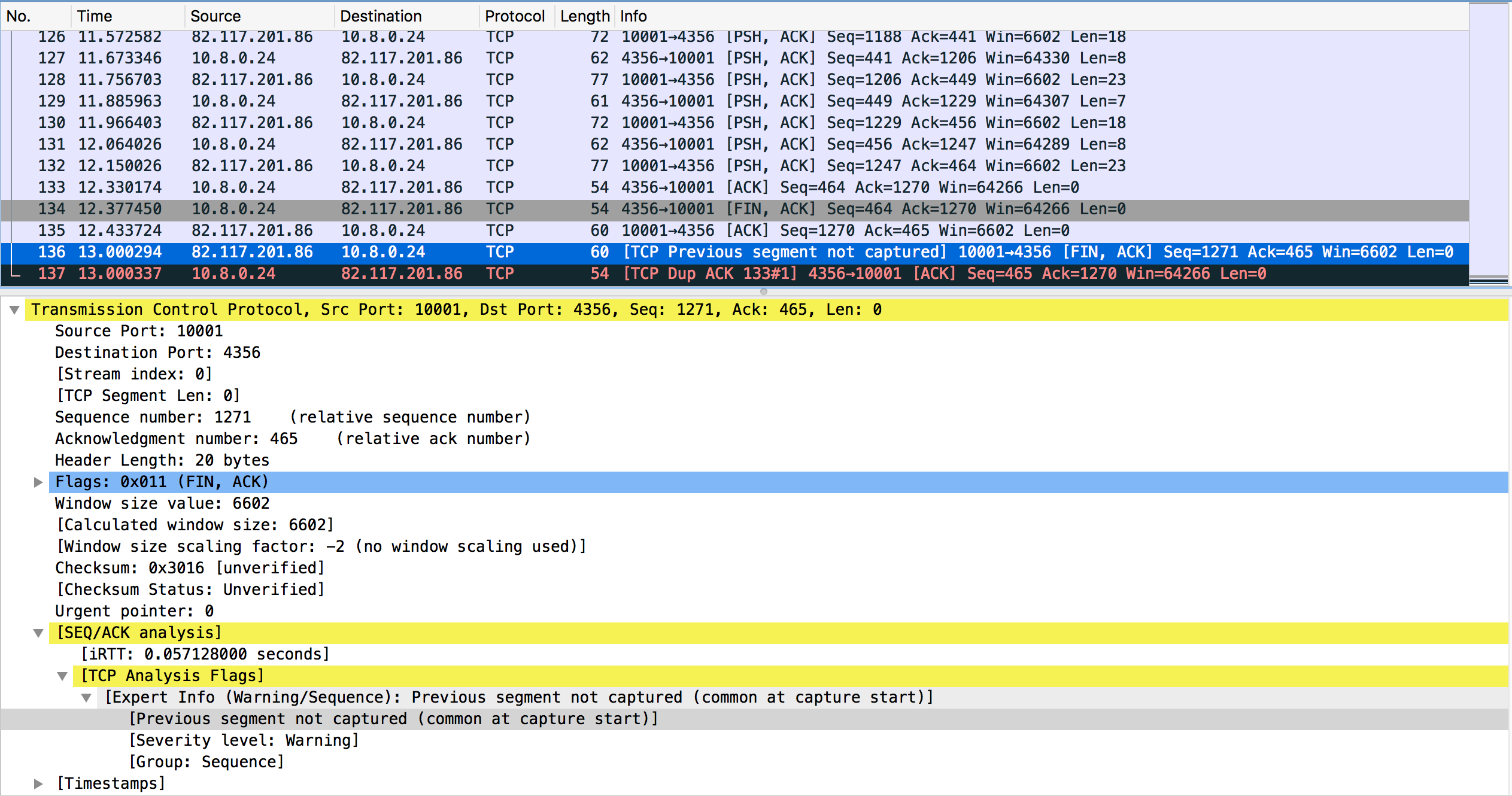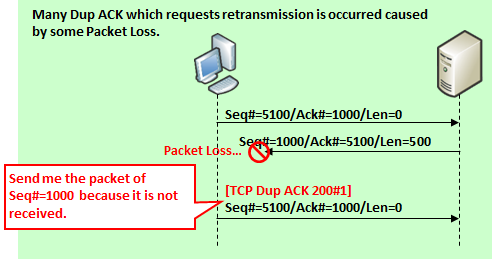

If you're seeing that the SYN packets are reaching the destination, but the destination is still not responding, then verify if the port that you're trying to connect to is in the listening state. Engage your network team to investigate with the different hops and see if any of them are potentially causing drops in the network. You wouldn't see any of the above packets. If the initial TCP handshake is failing because of packet drops, then you would see that the TCP SYN packet is retransmitted only three times.ĭestination side: applying the same filter, you don't see any packets.įor the rest of the data, TCP will retransmit the packets five times. This scenario denotes that the network device between the source and destination is dropping the packets. The simultaneous network traces on source and destination will help you verify this behavior where on the source side you would see the packets being retransmitted and on the destination none of these packets are seen. When one TCP peer is sending out TCP packets for which there's no response received from the other end, the TCP peer would end up retransmitting the data and when there's no response received, it would end the session by sending an ACK RESET (this ACK RESET means that the application acknowledges whatever data is exchanged so far, but because of packet drop, the connection is closed).

The following sections describe some of the scenarios when you'll see a RESET. TCP reset is identified by the RESET flag in the TCP header set to 1.Ī network trace on the source and the destination helps you to determine the flow of the traffic and see at what point the failure is observed.TCP reset is an abrupt closure of the session it causes the resources allocated to the connection to be immediately released and all other information about the connection is erased.

After the TIME_WAIT state completes, all the resources allocated for this connection are released. After the four-way closure, the server will allow 4 minutes of time (default), during which any pending packets on the network are to be processed, this period is the TIME_WAIT state. The four-way closure where both sender and receiver agree on closing the session is termed as graceful closure. Establishing a TCP session would begin with a three-way handshake, followed by data transfer, and then a four-way closure. One of the ways in which TCP ensures reliability is through the handshake process. TCP is defined as connection-oriented and reliable protocol.

During troubleshooting connectivity errors, you might come across TCP reset in a network capture that could indicate a network issue. The network trace would then be filtered. When you suspect that the issue is on the network, you collect a network trace.


 0 kommentar(er)
0 kommentar(er)
